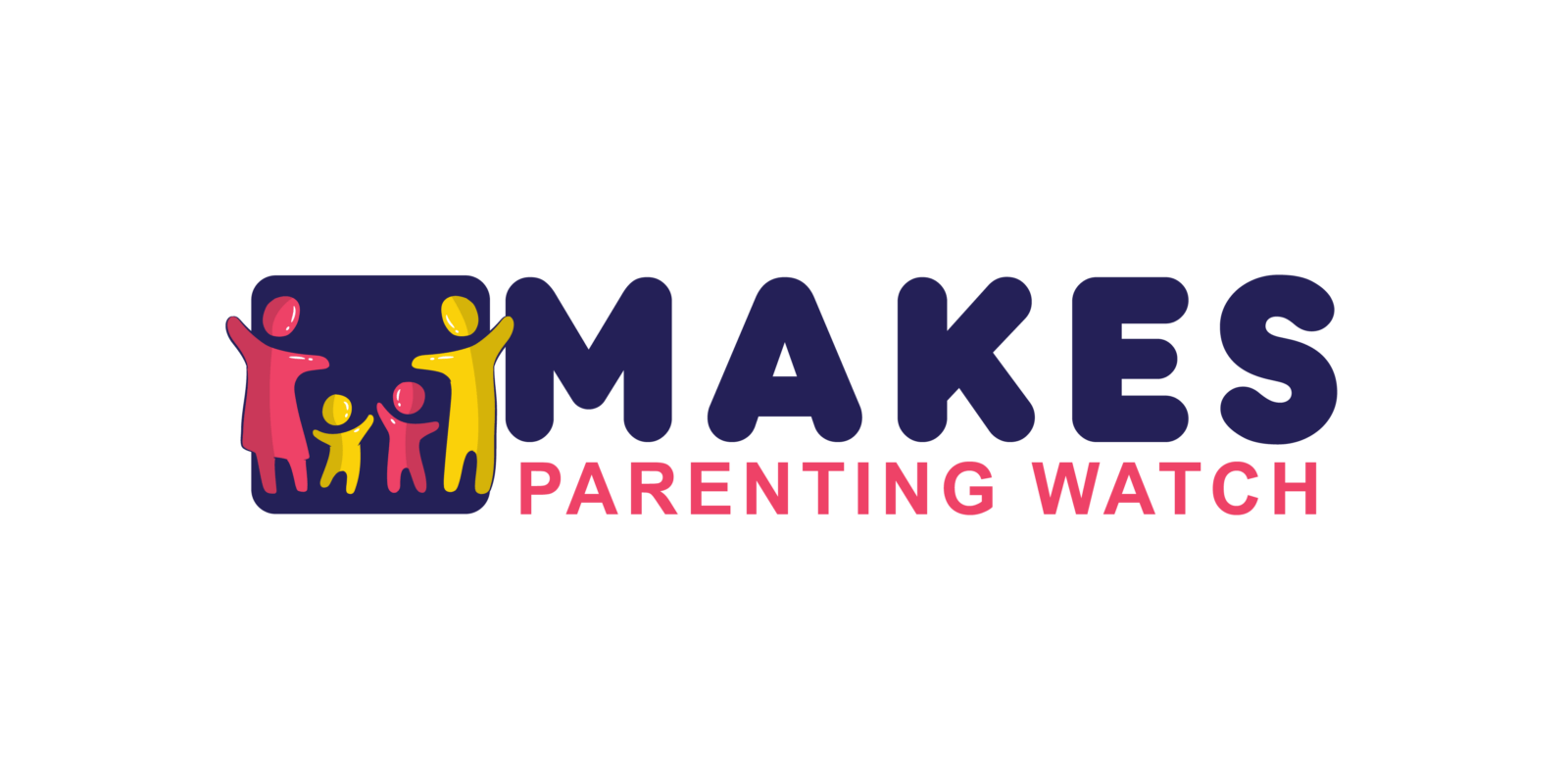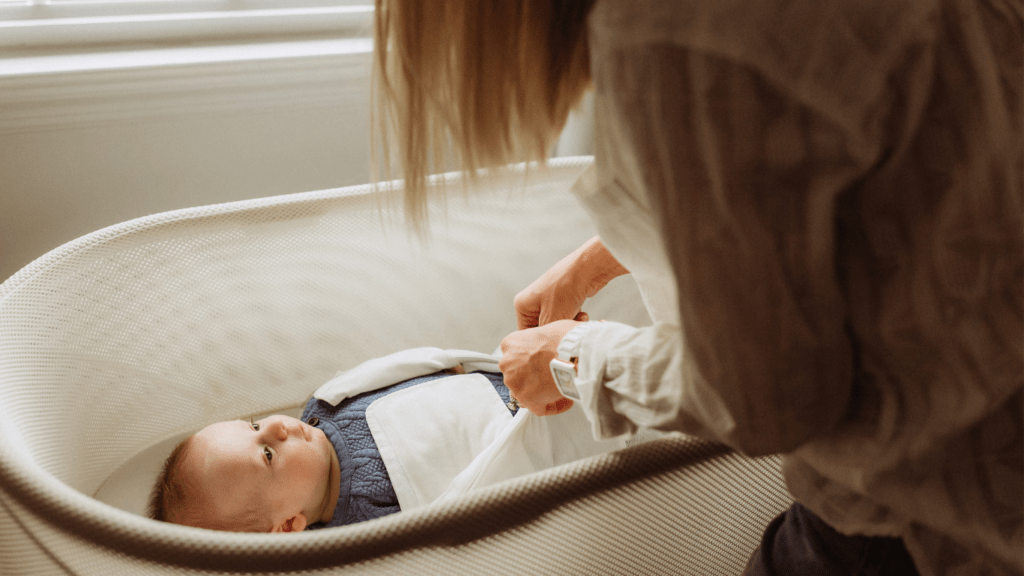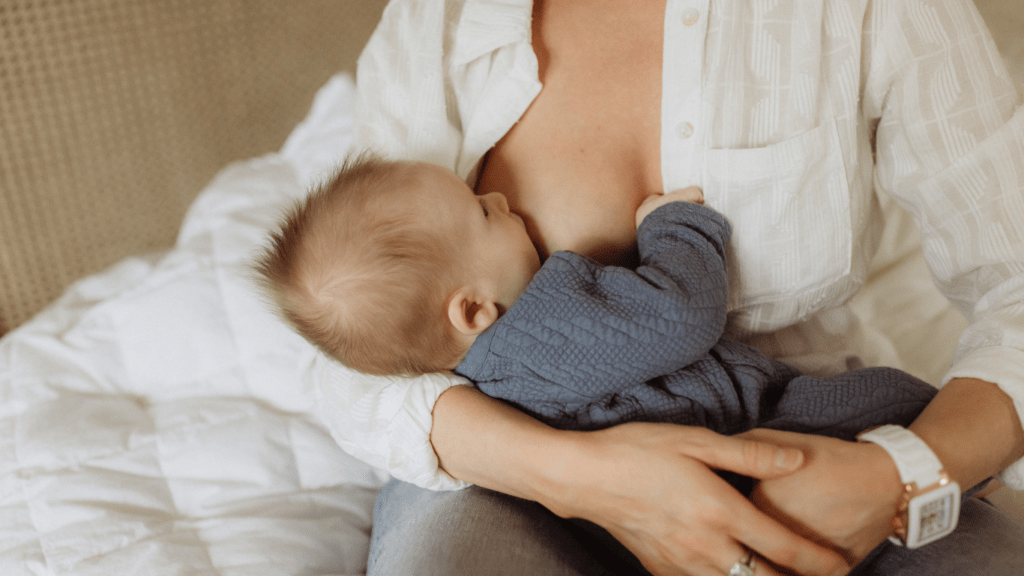Importance of Umbilical Cord Care
Caring for a newborn’s umbilical cord is crucial for preventing infections and promoting proper healing. An untreated cord stump can become a breeding ground for bacteria, leading to severe health issues. Cleaning and monitoring the stump minimizes risks.
The umbilical cord stump typically falls off within the first 1-3 weeks of life. Proper care during this period ensures it dries and detaches naturally. Infections such as omphalitis, a rare but serious infection, can cause symptoms like redness and swelling around the navel if care is neglected.
Keeping the area dry accelerates healing. Moisture can delay the drying process, making the stump more susceptible to infection. Using water or alcohol to clean can disrupt the natural drying process, so dry care is often recommended.
Monitoring the cord stump for unusual signs helps catch infections early. Indicators like:
- foul odor
- pus
- excessive bleeding
need immediate medical attention. These signs can point to underlying health issues that require prompt treatment.
In essence, proper umbilical cord care facilitates a smooth recovery and helps establish a strong foundation for the newborn’s health.
Do’s for Umbilical Cord Care
Taking the right steps helps ensure your newborn’s umbilical cord heals without issues. Here are crucial do’s for umbilical cord care that I follow.
Keep It Clean and Dry
Maintaining cleanliness and dryness is essential for umbilical cord care. I gently clean the area using a clean, damp cloth while avoiding alcohol or antiseptics, which can irritate. After cleaning, I pat the area dry with a soft towel to ensure no moisture lingers, as dryness promotes faster healing.
Fold Diapers Away from the Cord

Positioning the diaper properly can prevent irritation and infection. I fold the front of the diaper down away from the stump, ensuring it doesn’t cover or rub against the area. If using disposable diapers, there are those designed with a cut-out for the umbilical cord, which I recommend for added convenience.
Watch for Signs of Infection
Monitoring the umbilical cord stump closely is crucial for spotting potential issues early. I look for signs of infection, such as redness, swelling, a foul odor, or discharge. If I notice any of these symptoms, I contact my pediatrician immediately to address any problems before they worsen.
Don’ts for Umbilical Cord Care
Paying close attention to what not to do is just as important as following the guidelines for what to do. Missteps can lead to infections or delay the healing process.
Avoid Touching with Dirty Hands
Always wash my hands before handling my baby’s umbilical cord. Dirty hands can introduce bacteria, increasing the risk of infection. Keeping hand sanitizer nearby can also be helpful.
Do Not Pull on the Cord
Let the umbilical cord stump fall off on its own. If I force it, I risk causing pain or an open wound, which can become infected. Even if it seems ready to detach, avoid pulling or tugging it.
Avoid Using Alcohol or Peroxide
Skip alcohol and peroxide for cleaning the umbilical cord. These substances can irritate my baby’s delicate skin and hinder the drying process. Opt for gentler methods, like using a damp cloth if necessary.
When to Seek Medical Advice
Parents should always be vigilant for signs of infection or complications. Seek medical advice if:
- Redness: If the skin around the umbilical cord stump appears red or inflamed, it could indicate an infection.
- Swelling: Any swelling near the umbilical cord should be examined by a healthcare provider.
- Discharge: Yellow, white, or cloudy discharge from the umbilical cord is a sign of possible infection.
- Foul Odor: A strong, unpleasant smell coming from the area can indicate bacterial growth.
- Excessive Bleeding: Light bleeding might occur as the stump detaches. However, profuse bleeding warrants medical attention.
- Unusual Pain: If the baby seems to be in pain when the area is touched, consult a pediatrician.
- Fever: A fever in a newborn could signal an infection, including one associated with the umbilical cord.
These signs often require prompt medical evaluation to prevent further issues. Never hesitate to contact a healthcare professional if you notice any concerning symptoms.



 David Withers – Senior Parenting Advisor David Withers brings over 15 years of expertise in child development and family dynamics to his role as Senior Parenting Advisor at Makes Parenting Watch. A respected voice in the parenting community, David has worked extensively with families, helping them navigate the complexities of raising children through every phase of life—from infancy to adolescence. His articles are known for their evidence-based approach, offering parents practical, actionable tips on topics such as sleep training, positive discipline, developmental milestones, and fostering emotional resilience in children. In addition to his writing, David conducts workshops and webinars to provide personalized advice to parents dealing with specific challenges. His deep understanding of child psychology and development ensures that Makes Parenting Watch remains a valuable and reliable resource for parents seeking guidance in today’s fast-paced world.
David Withers – Senior Parenting Advisor David Withers brings over 15 years of expertise in child development and family dynamics to his role as Senior Parenting Advisor at Makes Parenting Watch. A respected voice in the parenting community, David has worked extensively with families, helping them navigate the complexities of raising children through every phase of life—from infancy to adolescence. His articles are known for their evidence-based approach, offering parents practical, actionable tips on topics such as sleep training, positive discipline, developmental milestones, and fostering emotional resilience in children. In addition to his writing, David conducts workshops and webinars to provide personalized advice to parents dealing with specific challenges. His deep understanding of child psychology and development ensures that Makes Parenting Watch remains a valuable and reliable resource for parents seeking guidance in today’s fast-paced world.
